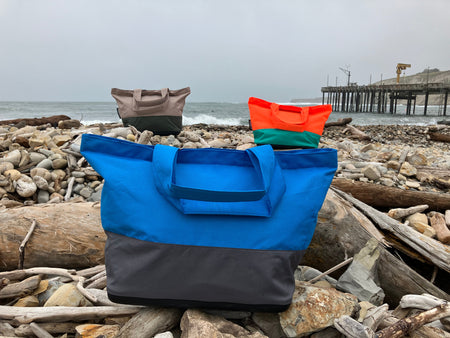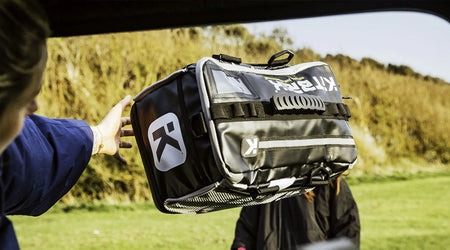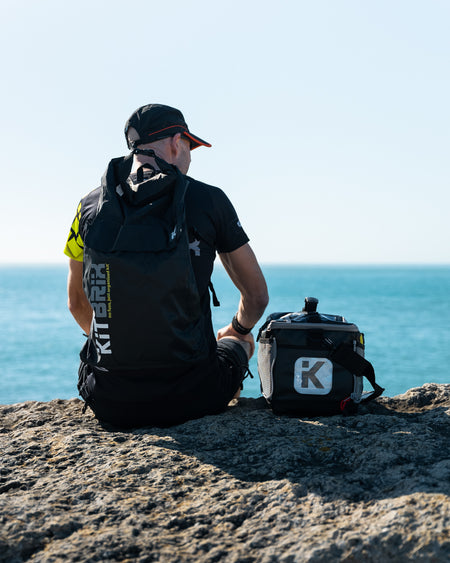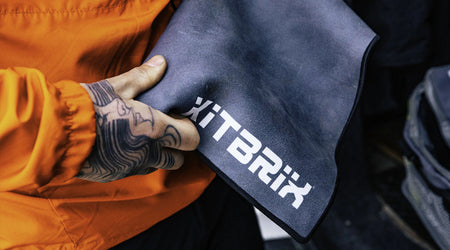
If you are new to triathlons it can seem like it is a whole other world, with its own language to match. Entering this world for the first time can seem overwhelming at first, which is why we have compiled all of the most important triathlon terms in one place. Consider this your cheat sheet…
Triathlon = an endurance race consisting of three legs completed consecutively…a swim, cycle and a run.
Super Sprint Triathlon = is the shortest distance triathlon you can compete in. It consists of a 0.3 mile swim (400m), 6.2 mile cycle (10km) and a 1.6mile run (2.5km).
Sprint Triathlon = is the second shortest triathlon distance you can compete in. It consists of a 0.46 mile swim (750m), 12.5 mile bike (20km) and a 3.1 mile run (5km).
Olympic Triathlon/ Standard Triathlon = is the most well known triathlon distance. It consists of a 0.93 mile swim (1.5km), 25 mile bike (40km) and a 6.2 mile run (10km).
Ironman = is a brand of races known for hosting some of the longer distance triathlons.
Half Ironman Triathlon/ 70.3 Triathlon = is one of the longest triathlon distances you can compete in. It consists of a 1.2 mile swim (1.9km), 56 mile cycle (90km) and a 13.1 mile run (21.1 km).
Ironman Triathlon = is known as the toughest triathlon distance. It consists of a 2.4 mile swim (3;8km), 112 mile cycle (180.2km) and a 26.2 mile run (42.2km).
Tristar Triathlon = is a triathlon that can be competed in by younger triathletes between the ages of 8 and 14 years old. The distance of each leg depends on the age bracket the triathlete falls into. You can read our blog ‘The Ultimate Guide to TriStar, Youth and Junior Triathlons’ here for more information.
Youth Triathlon = is a triathlon that can be competed in by younger triathletes between the ages of 15 and 16 years old.
Junior Triathlon = is a triathlon that can be competed in by younger triathletes between the ages of 17 and 19 years old. However it is worth noting that from these ages it is possible to compete in triathlon races up to a certain distance, depending on age.
Aquathlon = is a multisport race that consists of three separate legs and two sports. These consist of a run and a swim, followed by another run. You can read more about multisport races in our blog ‘What Different Types of MultiSport Races Are There?’
Duathlon = is a multisport race that consists of three separate legs and two sports. These consist of a run and a cycle, followed by another run. These can vary in distances from a Sprint Duathlon to a Long Distance Duathlon.
Aquabike = is a multisport race that consists of three separate legs and two sports. These consist of a cycle and a swim, followed by another cycle.
Transition = refers to the changeover between the different disciplines. This is where triathletes will have the opportunity to change equipment and prepare for the next leg such as removing your helmet, racking your bike, or changing into running shoes. The first transition is referred to as T1 (swim to cycle) and the second transition is referred to as T2 (cycle to run).
Racking = is where you place your bike during transition.
Open water = refers to triathlons that have their swimming leg take place in either a canal, lake, river, loch or sea. Other triathlons can start in swimming pools so it is always worth checking before booking your race and tailoring your training accordingly.
Kitbrix = is a specially designed triathlon bag with separate wet and dry compartments. A Kitbrix also has the ability to change from a shoulder bag to a rucksack and benefits from zip-together compartments.
Tri-suit = is a specially designed all-in-one that can be worn for all three legs due to its lightweight, flexible and fast drying material. It also has a padded chamois which makes cycling more comfortable.







